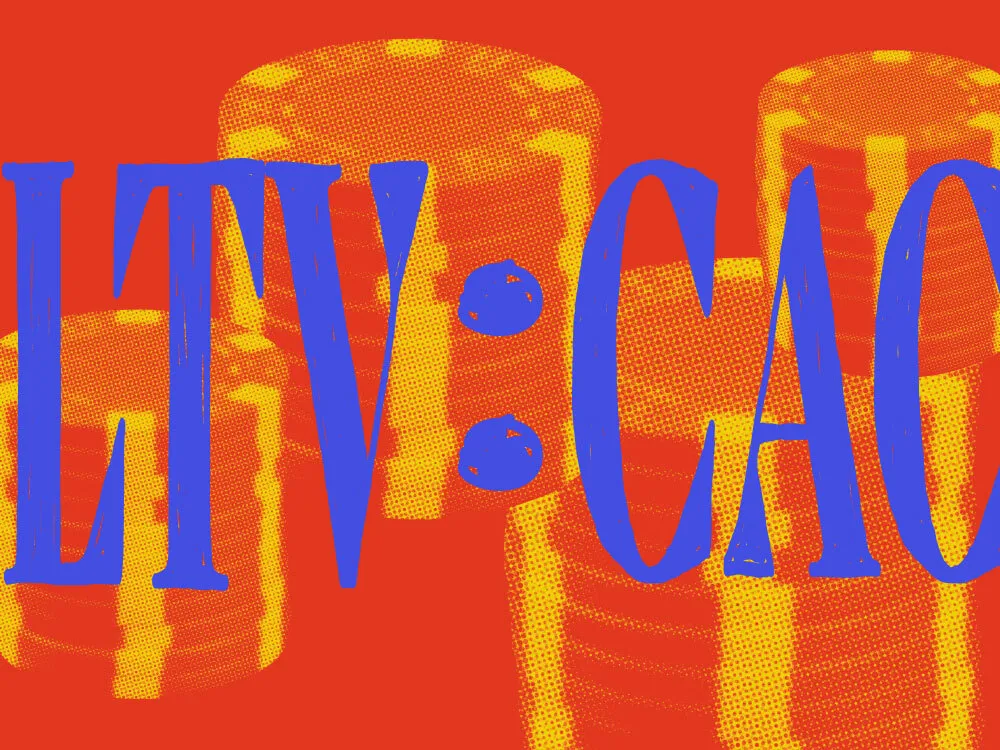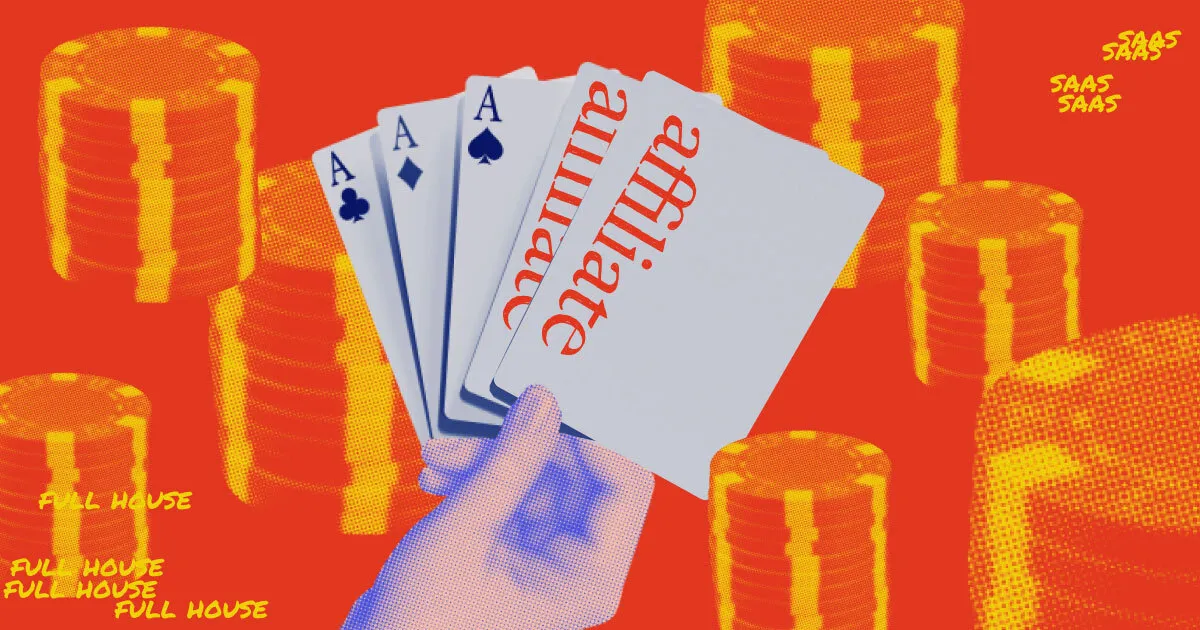It’s been a tumultuous year for the SaaS industry. From major layoffs to Silicon Valley Bank going under, it’s been difficult for companies to plan for the future. Leaders have had to balance continued growth with cost-cutting measures. Despite the year’s upheavals, the SaaS industry is growing. According to Fortune Business Insights, analysts predict the SaaS industry will grow from $273.55 billion (USD) in 2023 to $908.21 billion (USD) by 2030. The key to continued growth is to think outside of the box and one of the best, cost-efficient strategies is investing in partnerships ecosystems.
Invest in partnerships to achieve growth while focusing on operational efficiencies
Today, SaaS companies are trying to improve their customer acquisition cost to lifetime value ratios (LTV:CAC). This equation shows what percentage of a customer’s lifetime value was used to acquire them. A good industry benchmark for this is 3:1.
In our current economic environment, if customers spend less, they bring down their lifetime value. This presents a bit of a Catch-22 for SaaS companies. In order to bring in customers, they need to spend money on acquiring them through sales and marketing efforts. But as customers spend less, these SaaS companies have to spend less on these activities.

SaaS companies can manage this by embracing partner programs. Partner programs involve working with another organization to sell or market products and services. These partnerships can take several different forms. Two SaaS companies with complementary solutions may co-market their product. For instance, a marketing agency may re-sell their recommended customer relationship management tool to their customers. The end customer is likely to take their advice, because they already trust the marketing agency as an expert.
Moreover, the CRM makes a sale without having to do an extensive amount of marketing and advertising. The CRM just needs to make sure that the marketing agency – and other partners in their ecosystem – have the materials they need to co-sell their software. They also need to be rewarded through points that go towards discounts or commissions, so their partners are incentivized to make the sale.
Consolidating SaaS technology stacks through integration-based partnerships
Many SaaS companies plan to consolidate more of their technology stack in the last half of 2023 and into 2024. This consolidation has to happen without impacting the quality of the experience they deliver to their customers. One way to pull this off is through technology partnerships.
Technology partnerships allow companies to spread the investment risk of a new and improved solution while also enjoying the benefits of a more robust solution. When companies enter into a technology partnership, they work with their partners to make up for their weakness. For instance, one partner organization may have the capital and customer base while the other partner organization has the subject matter expertise thanks to their world-class team.
There are other kinds of technology partnerships as well. Instead of building an entirely new technology, two companies can work together to set up integrations and plugin implementations. Companies like WordPress, Slack, and HubSpot work with different partners to create integrations that add more value to their customers’ experiences.
For instance, Slack offers a plugin for Zoom and Google Calendar. Once this integration is set up, Slack users get a message letting them know that a meeting will start in one minute. Similarly, Slack users can start a Zoom meeting from directly within the messaging application.

Using the viral (yet, cost-effective) potential of affiliate marketing
Affiliate marketing is a partnership strategy that continues to gain credibility in the SaaS market. Traditionally, people associate affiliate marketing with B2C e-Commerce — an influencer talks about their experience using a certain product and then includes a referral link with a discount that their audience can use to purchase the product and each time someone makes a purchase from their referral link, the influencer gets a cut. This strategy can also be applied to SaaS marketing and sales. This is how you can get started with an affiliate marketing program for your SaaS company.
The success of your SaaS affiliate program will depend on your ability to accurately track affiliate sales. Your affiliates will want to check the progress of their sales and get paid in a timely and accurate manner. Affiliate marketing software will help you do this without spending extra money on a dedicated affiliate marketing employee.
See more: 5 affiliate program tactics you need to win in 2023.
Affiliate marketing tracking software also allows you to get granular statistics on your affiliate marketing efforts. For instance, you can see how many people clicked on a link but didn’t make a sale. This gives you valuable information. Now, you know that your affiliates are effective, but your landing pages are not. This’ll give you an opportunity to A/B test your landing pages and see how you can convert all of the incoming traffic more effectively.
There’s also the option of working with an affiliate network, but that means your organization will need to pay an affiliate fee on top of the commissions they’ll pay to their affiliates. If you’re a SaaS company, starting with a tracking software may be your best option.
To make getting your affiliate program started even easier, discover PartnerStack Marketplace: The #1 B2B affiliate network.
Turn SaaS industry risks into opportunities through your partnerships ecosystem
The best companies turn uncertainty into opportunity and profit. You can do the same by adjusting your current techniques and incorporating the power of partner co-marketing, technology integrations and a strong affiliate program.

















